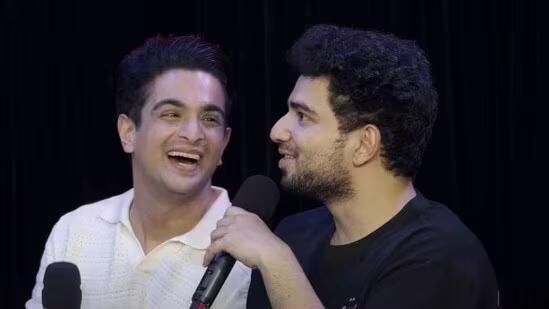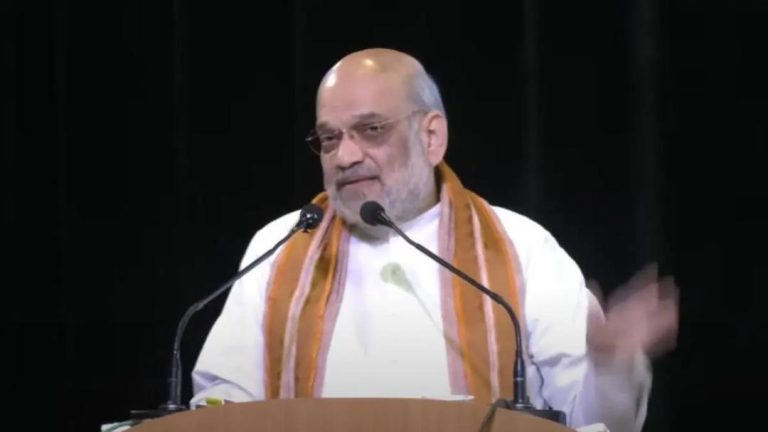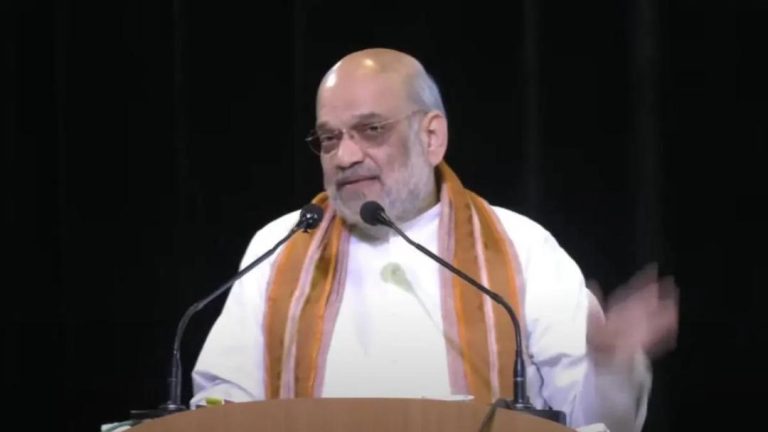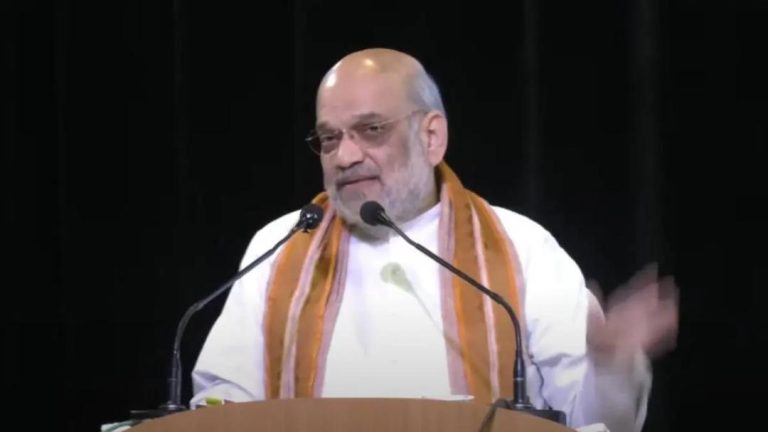
What are the punishments for ‘obscene acts’ in India?
In recent times, the concept of obscenity has been a topic of much debate and controversy in India. The country has a long history of dealing with issues related to obscenity, and the laws in place aim to balance the right to freedom of expression with the need to protect public morality. Recently, popular YouTubers Ranveer Allahbadia and Samay Raina found themselves in the midst of a controversy after they were booked under Section 296 of the Bombay Police Act (BNA) and Section 67 of the Information Technology (IT) Act.
What is Section 296 of the Bombay Police Act?
Section 296 of the Bombay Police Act (BNA) deals with obscene acts and songs in public places. The section states that anyone who performs or sings any obscene song, or any other obscene act, in any public place, shall be punished with imprisonment for a term which may extend to three months, or with fine which may extend to ₹1,000, or with both.
What is Section 67 of the IT Act?
Section 67 of the IT Act deals with publishing or transmitting of material which is obscene in electronic form. The section states that anyone who publishes or transmits any material which is obscene in electronic form, shall be punished with imprisonment for a term which may extend to three years, and with fine which may extend to ₹5 lakh for the first conviction.
Punishments for ‘obscene acts’ in India
As mentioned earlier, Ranveer Allahbadia and Samay Raina were booked under Section 296 of the BNA and Section 67 of the IT Act. This raises the question of what constitutes an ‘obscene act’ in India. According to the law, an obscene act is one that is likely to deprave or corrupt persons who are likely to read, see, or hear it. In the context of Ranveer and Samay’s case, their alleged obscene acts were likely to be related to their content on YouTube, which is electronically transmitted to their millions of followers.
Consequences of conviction
If Ranveer and Samay are convicted under Section 296 of the BNA, they could face imprisonment for up to three months, a fine of up to ₹1,000, or both. If they are convicted under Section 67 of the IT Act, they could face imprisonment for up to three years, a fine of up to ₹5 lakh, or both.
Defenses against charges
While Ranveer and Samay have not yet been convicted, they may argue that their content is not obscene and is protected under the right to freedom of expression. They may also argue that their content is not intended to deprave or corrupt their audience, but rather to entertain and educate.
Challenges in enforcing obscenity laws
Enforcing obscenity laws in India can be challenging due to the subjective nature of what constitutes obscenity. What may be considered obscene by some may not be by others. Additionally, the laws may be used to censor certain forms of expression, which could be a violation of the right to freedom of speech.
Conclusion
The punishments for ‘obscene acts’ in India are outlined in Section 296 of the BNA and Section 67 of the IT Act. Ranveer Allahbadia and Samay Raina were recently booked under these sections, and their case highlights the challenges in enforcing obscenity laws in India. While the laws aim to balance the right to freedom of expression with the need to protect public morality, they may also be used to censor certain forms of expression. Ultimately, the interpretation and enforcement of obscenity laws in India will depend on the courts and the government’s commitment to upholding the right to freedom of speech.
News Source:




